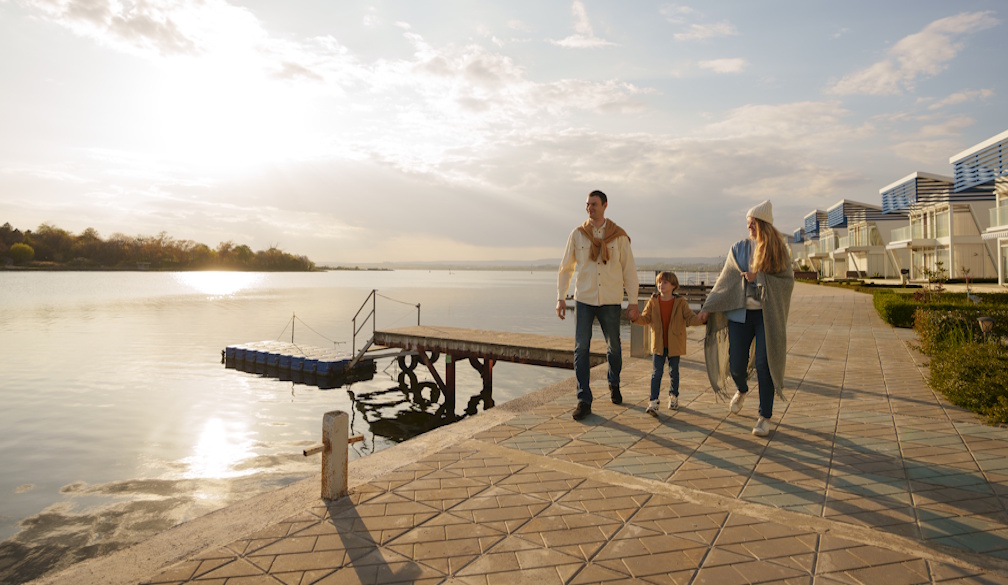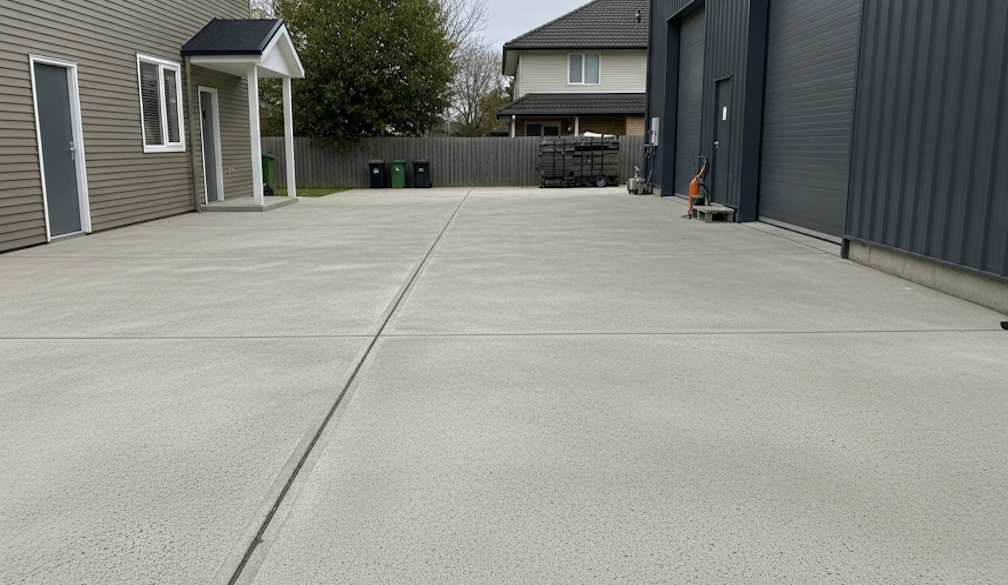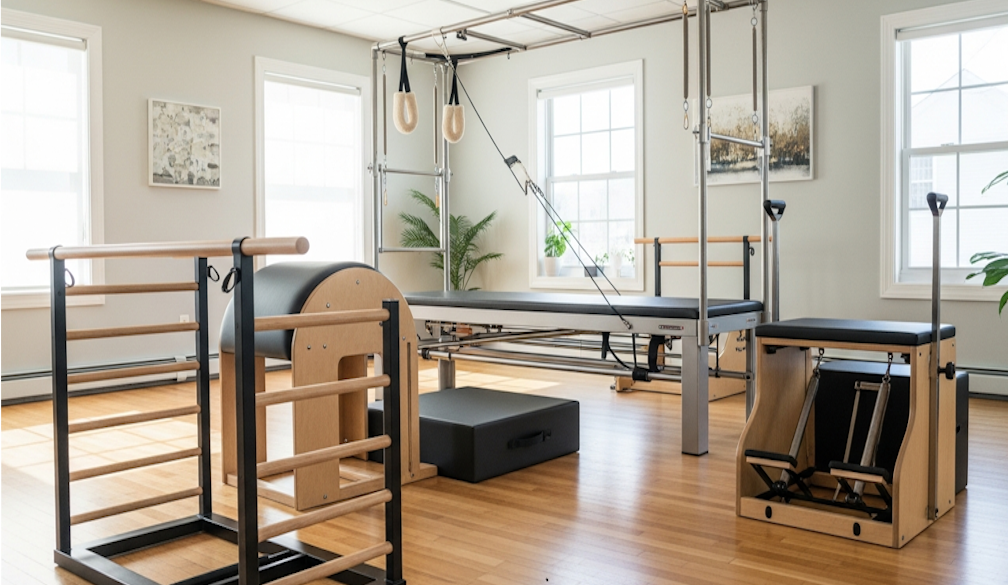education research should answer to the same standards as medicine
- Written by David Lawrence, Principal Research Fellow, University of Western Australia
Australia has one of the highest-quality systems of medical research in the world. It has helped underpin the high standing of Australia’s health system — it’s ranked as one of the finest in the world.
Strong principles to protect safety and prevent harm underpin medical research. These have been developed due to a history of sometimes well intentioned, but ultimately harmful, medical interventions over the course of the 20th century.
Australia’s National Statement on Ethical Conduct in Human Research is the primary guidance not only for medical research in Australia but for most research involving people, which includes education. But the harm and impact of educational programs — that are, on the surface, deemed important to educational improvements and well-being — face far less scrutiny in the applications process than do those of medical research.
No-one wants our children to be used as research guinea pigs. High standards of ethical oversight are needed to ensure no child is exposed to possible harm. While the medical research ethics model was developed to provide exactly this level of protection, perversely, in education, it may be exposing our children to harm.
Differences between medical and education research
There is a critical difference between medicine and education that impacts research. While drug and surgical therapies are administered to individuals, education is a shared activity. Students are taught in classes and schools.
Research ethics require individual signed consent from parents for their child to participate in any research project. This makes it difficult to study classroom teaching and class- and school-based programs. While few parents oppose educational research, families have busy lives, and notes home from school are easily overlooked or forgotten.
Studies show the requirement to sign a consent form results in research participation rates of between 30% and 60%. In this case, the educational intervention being studied can be altered to only be delivered to some of the students in the class. This can lead to biased findings. Or the study may not go ahead if only some parents sign the form. It is no wonder many programs used in schools lack an evidence base informed by rigorous educational research.
As one example, most of the more than 200 mental health programs recommended by the Beyond Blue Be You national education initiative have not actually been tested in Australian schools.
A Productive Commission report noted the largest gaps in Australia’s education evidence base relate to
the evaluation of policies, programs and education practices in Australian schools and early childhood education and care services to identify what works best, for whom and in what circumstances.
While educational research ethics are guided by the National Statement on Ethical Conduct in Human Research, there is another critical difference between health and education. A new medical therapy can only be approved for the Medicare or Pharmaceutical Benefits Scheme if it has been proven to be safe, effective, and more cost effective than existing therapies. There is no such requirement in education.
Read more: Not every school's anti-bullying program works – some may actually make bullying worse
Schools and teachers are given wide latitude to adopt untested educational programs and strategies based on their professional judgements. Some programs such as Visible Learning, which helps teachers evaluate their own practices, have been developed to rigorous standards. But the implementation of such programs is less scrutinised, and questions are seldom raised about their potential harms.
 A new medical therapy must be proven to be safe, effective, and more cost effective than existing therapies.
Shutterstock
A new medical therapy must be proven to be safe, effective, and more cost effective than existing therapies.
Shutterstock
Research into the high stakes NAPLAN test shows several negative effects. These include teachers limiting the scope of what they teach and concentrating only on what will be in the test, and encouraging students to write badly, to a formula that will get them higher marks. But despite this, not much has changed in terms of the way the testing is implemented.
Whose interests are being served?
The requirement by university ethics committees for individual signed consent for research studies sounds prudent. Yet is it ethical not to evaluate the impacts of programs that are actually being taught in schools? And how can it be ethical to teach a program in schools that has not been rigorously evaluated?
Ethics committees ought to routinely ask questions about whose interests are being served. Rather than a focus on harm minimisation, a focus on who benefits from the research might be more appropriate.
Children don’t generally die from poor quality teaching. However, high quality education is one of the main drivers of economic opportunity and increased choices throughout life.
Read more: Too many adjectives, not enough ideas: how NAPLAN forces us to teach bad writing
Some educational programs are evaluated and assessed for the outcomes they produce, as well as the methodologies they use. But a database of evidence of these studies, similar to the Cochrane Collaboration which summarises previous medical studies about one topic, could be used to inform educational policy and decision making. It could also offer conclusive evidence about these programs and interventions.
In the main, educational projects that intend to help schools respond to policy objectives, such as improving national or international test scores, are rarely evaluated for the potential harm that might arise. For example, the Australian government is investing $10.8 million to develop free phonics checks for Year 1 students to improve literacy levels. While there is mention of research that may help children, there is not, as yet, any adequate evidence-base for phonics testing.
Funding differences
Educational research in Australia is also underfunded compared with medical research. The Australian government provided $1.2 billion through the Medical Research Endowment Fund and the Medical Research Future Fund in 2019 — roughly 1% of the $103 billion Australian governments spend annually on health care. While the $11.2million of education funding provided by the Australian Research Council in 2019 is only 0.02% of the $58 billion Australian governments spend annually on school education.
Read more: Gaps in education data: there are many questions for which we don't have accurate answers
Without research to guide what we invest in, we fail to learn from the experiences of the past and lack the information to guide improvements in our schools and education systems. Although researchers do question and contest educational policies, the impact of this research remains in our peripheral vision.
Australia needs to improve the education evidence base by systematically evaluating the effectiveness of policies, programs and practices. It must also evaluate and their implementation strategies within a cycle of learning, feedback and continuous improvement.
Authors: David Lawrence, Principal Research Fellow, University of Western Australia



















